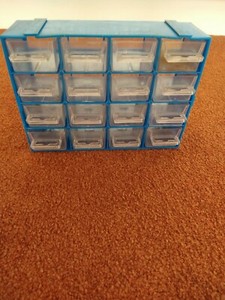

Every time you run a backup job the system will create a new folder according to this format and then proceed to back up your data into the folder. Save in new folder: After selecting this method, you will then have to specify a naming format for the new folder. For example, you may choose to have regularly scheduled backups of your NAS's data so you always keep a USB drive plugged into your NAS for this purpose.

This method is suitable for ensuring your most recent data is backed up and for scheduled weekly backups. Extra files at the destination will be automatically deleted. The contents of both folders will be exactly the same. Synchronization: If you select this method, all the data in the designated destination folder will be synchronized with the data in your source folder. This method is suitable for one time backups. Files or folders of the same name will be replaced and extra files at the destination will be kept. After setting up One Touch Backup and plugging in an external USB drive to your NAS, you will only have to push the USB backup button to execute your backup job.įrom USB device to NAS: The system will back up the entire contents of the USB drive, based on the existing directory structure, to the NAS folder path that you set.įrom NAS to USB device: The system will take the contents of the specified NAS directory and, based on the existing directory structure, back it up to the USB drive's root directory.Ĭopy: If you select this method, your system will copy your data from the back up source to the destination, be it the USB device or your NAS.

Here you can designate your preferred backup direction and directory. One Touch Backup allows you to preset the function of the USB backup button found on the front of your NAS.

Note: This function may differ depending on the NAS model in use.


 0 kommentar(er)
0 kommentar(er)
